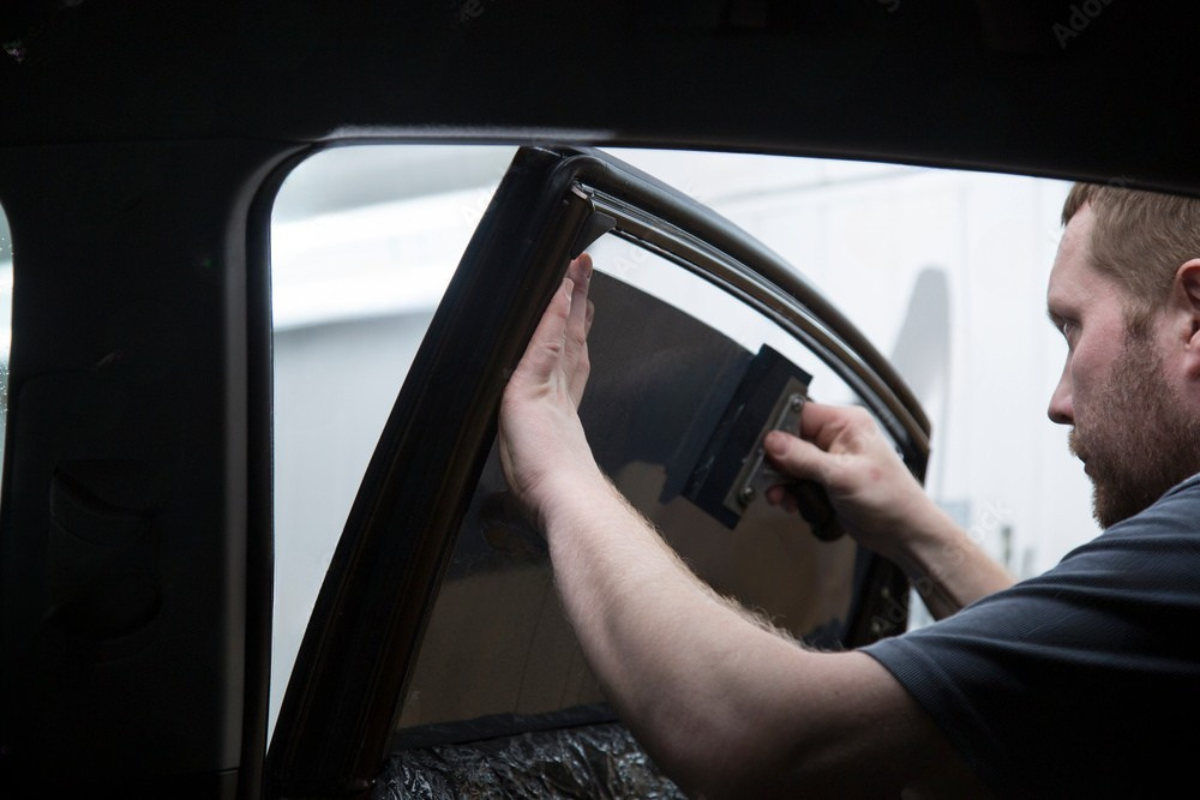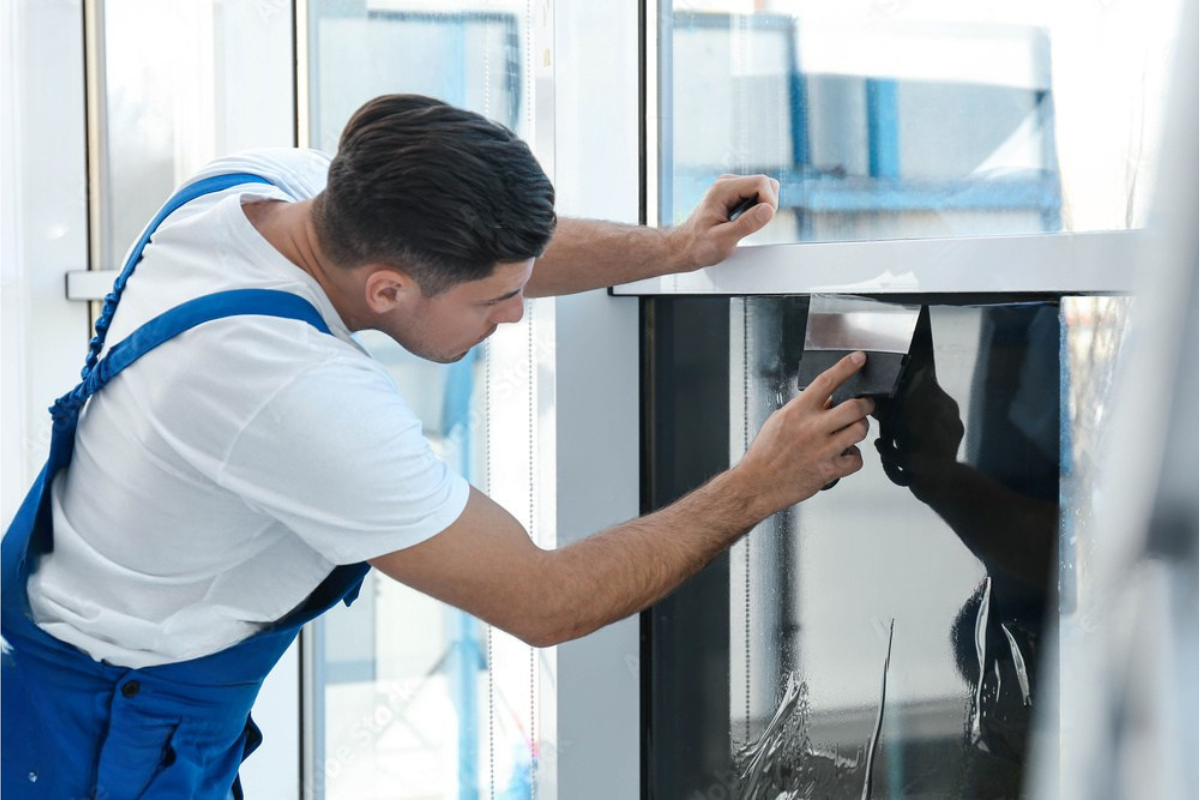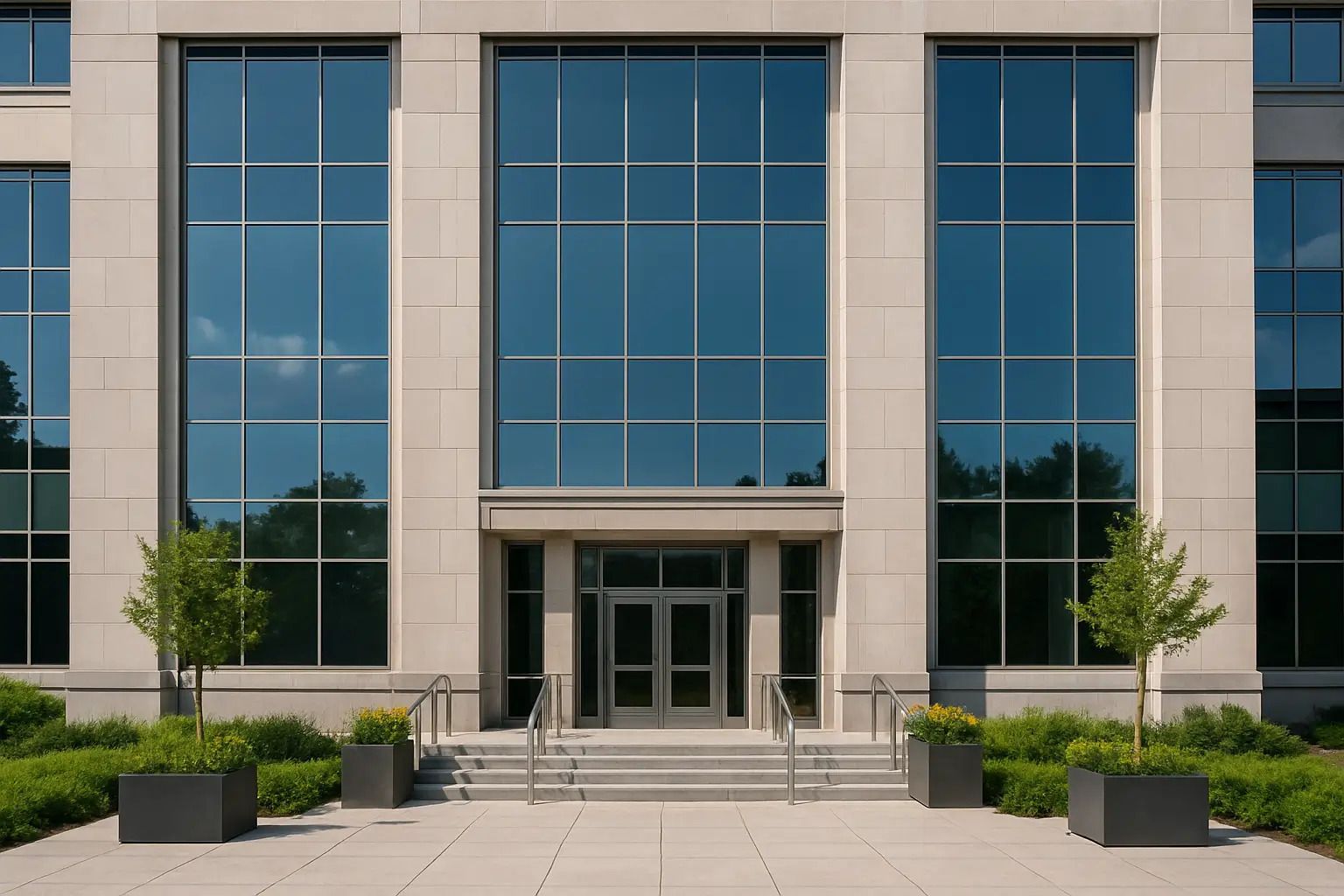Enhance Office Productivity with Smart Window Tinting Solutions
In today’s fast-paced work environments, distractions are abundant and comfort often takes a back seat. Lighting, temperature, privacy—all play silent but pivotal roles in how employees perform throughout the day. Among the many technologies transforming office design, one stands out for its simplicity and effectiveness: smart window tinting.
This adaptive glass solution offers more than just a shade from sunlight—it’s a powerful tool to improve concentration, reduce energy use, and bring balance to the indoor work climate. It’s time to rethink office environments and leverage modern innovations that effortlessly align comfort, aesthetics, and performance.
Let’s dive into how you can enhance office productivity with smart window tinting solutions and why it’s one of the best investments for a forward-thinking business.
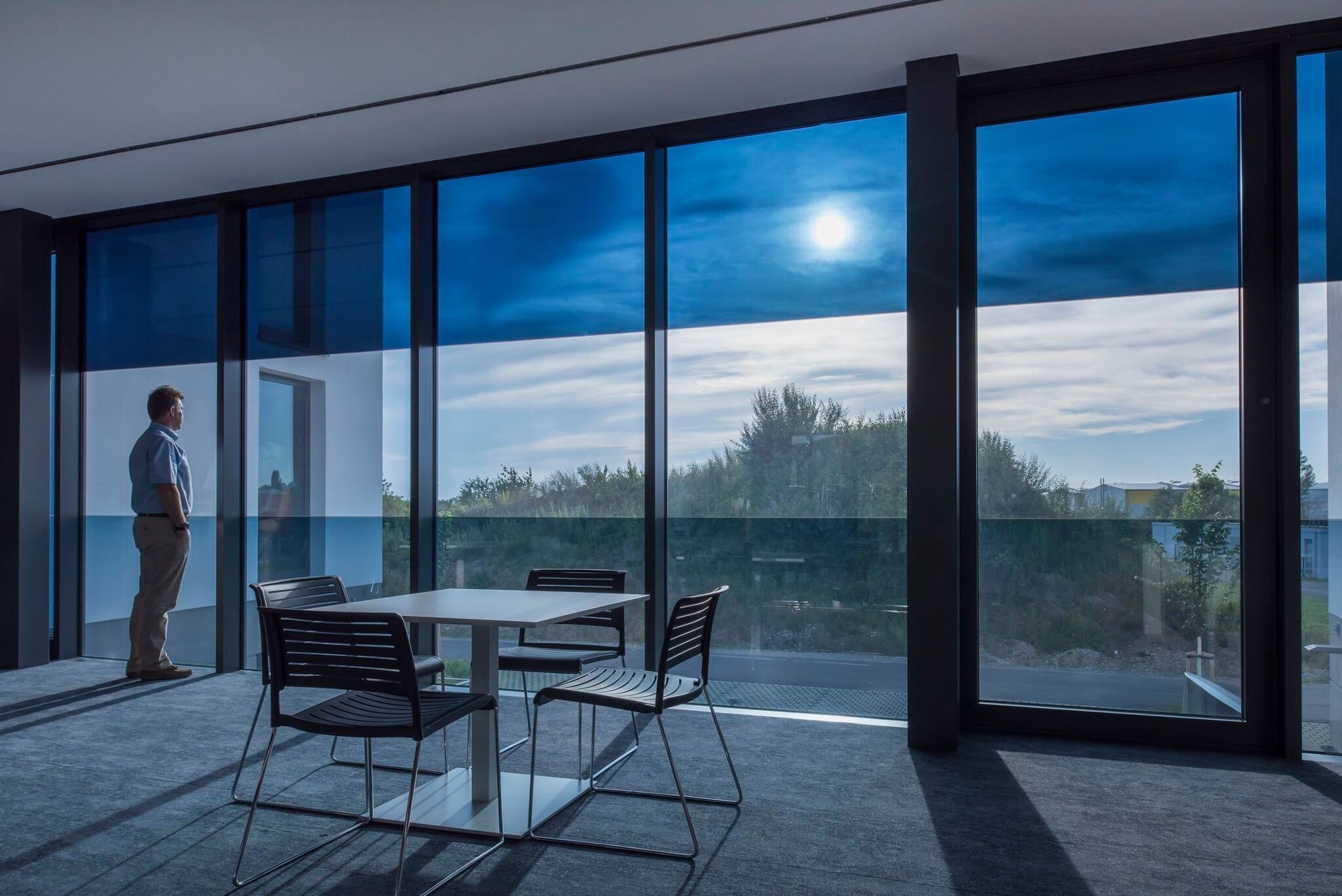
Introduction to Smart Window Tinting
Gone are the days of clunky blinds and dusty curtains. Smart window tinting introduces a sleek, efficient way to manage sunlight and privacy. By utilizing materials that can change their transparency on demand—whether via electricity or specialized coatings—smart tinting allows building occupants to control the ambiance with the touch of a button or a preset schedule.
But smart tinting isn’t just about luxury. It’s about merging design with function. From skyscrapers to coworking hubs, smart glass has redefined how natural light is used and how energy is conserved in workspaces across industries.
Why Office Productivity Needs Rethinking
Let’s face it—most offices were designed decades ago with static solutions that don’t match today’s dynamic workflow. The open-plan revolution brought transparency, but also distractions. Glass walls invite collaboration but compromise privacy. Meanwhile, temperature fluctuations and glare from poorly managed sunlight continue to plague productivity.
Employees today demand comfort, flexibility, and focus. And if they don’t get it, they disengage. In such a competitive landscape, enhancing the workplace isn’t a luxury—it’s a necessity.
What is Smart Window Tinting?
At its core, smart tinting refers to glass or films that dynamically adjust transparency. The most common technologies include:
- Electrochromic Glass: Changes tint when voltage is applied.
- PDLC (Polymer Dispersed Liquid Crystal): Turns opaque with electric signals.
- Thermochromic Films: Adjusts based on temperature.
- Photochromic Films: Changes in response to sunlight.
Each option provides varying levels of privacy, UV blocking, and energy control, allowing office managers to tailor solutions to their specific needs.
The Science Behind Smart Tinting
Here’s how it works: In electrochromic glass, applying voltage causes ions to shift, altering how light passes through. This can transition glass from crystal clear to deep tint in minutes.
PDLC, on the other hand, uses microscopic liquid crystals suspended in polymers. When powered, the crystals align, making the glass transparent. Without power, they scatter light—rendering the surface opaque.
These innovations allow for active participation in controlling indoor environments—without the need for mechanical window coverings.
Benefits of Smart Window Tinting in Offices
- Glare Elimination: No more adjusting your screen all day.
- Daylight Optimization: Keeps spaces bright without harshness.
- Privacy on Demand: Ideal for executive rooms and HR zones.
- Thermal Comfort: Keeps interiors cooler in summer, warmer in winter.
- Employee Satisfaction: Happier employees = better results.
According to recent studies, employees working near windows that optimize daylight report a 15% increase in productivity and a 25% reduction in drowsiness.
Smart Tint vs. Traditional Blinds
Traditional window solutions pale in comparison to smart tinting. Consider this:
Feature Smart Tinting Traditional Blinds
Light Control Dynamic Manual
Maintenance Minimal Frequent Cleaning
Energy Efficiency High Moderate
Aesthetic Value Modern Conventional
Automation Yes Limited
Smart tint wins on every front, especially in high-use environments.
Energy Savings and Smart Tinting
One of the standout benefits of smart window tinting is the significant reduction in energy consumption. Offices rely heavily on artificial lighting, HVAC systems, and window blinds to create a balanced indoor climate. However, smart glass dynamically responds to sunlight, reducing the burden on heating and cooling systems.
For instance, during summer, smart tint can darken to block excessive heat and UV rays, keeping interiors cool. In colder months, it can stay clear, allowing the sun’s warmth to reduce heating demands. According to the U.S. Department of Energy, smart window systems can cut cooling costs by up to 25%.
Additionally, by maximizing natural daylight, smart tinting reduces the need for artificial lighting—further driving down utility bills and improving employee wellness by syncing better with natural circadian rhythms.
Improved Employee Wellbeing
Poor lighting and inconsistent temperatures are more than just annoyances—they impact health. Smart window tinting minimizes these discomforts, creating a more consistent and personalized environment.
Eye strain, often caused by glare from screens and windows, is dramatically reduced. Tinting regulates harsh light, making it easier on the eyes during long hours at the desk. Likewise, by maintaining an optimal indoor temperature, the risk of fatigue, dehydration, and headaches declines.
Moreover, the ability to customize lighting and temperature in personal spaces gives employees a sense of control—one of the most underappreciated drivers of workplace satisfaction.
Boosting Aesthetics with Modern Tinting
Let’s not underestimate the power of visual appeal in the workplace. Smart window tinting transforms basic glass into a sleek, futuristic surface. It offers clean lines, high-tech feel, and no dangling cords or dust-attracting blinds.
What’s more, you can choose various opacity levels and tints—smoky gray, neutral, bronze, or frosted. Offices that emphasize branding and modern design find smart glass to be a perfect fit.
In fact, many forward-thinking companies now use smart tinting not only as a functional tool but as a branding element—leveraging its high-tech aesthetic as a visual statement about innovation and comfort.
Creating Productive Zones with Tint Control
One of the most compelling use cases for smart window tinting in office layouts is the ability to create “zones of productivity.” Open floor plans often suffer from too much transparency—leaving employees feeling exposed.
With switchable glass, meeting rooms can become private at the flick of a switch, and coworking areas can convert into focus pods. Think of it as the digital equivalent of a sliding door—only smarter.
These dynamic partitions reduce distractions and enable multipurpose spaces that adapt to various working styles and team needs.
Reducing External Distractions
City offices, in particular, are prone to external noise and distractions. A view of a bustling street can be stimulating—but also disruptive. Smart glass acts as a subtle barrier, muting visual noise without completely blocking views.
By adjusting opacity, employees seated near windows can filter out pedestrian traffic, vehicle movement, or excessive sunlight. It becomes easier to maintain deep work focus, even in high-traffic areas.
Privacy Without Compromise
Traditional frosted or etched glass offers permanent privacy—but lacks flexibility. Smart window tinting changes the game with its instant privacy on demand.
In HR departments, executive suites, and legal offices, it’s essential to conduct sensitive discussions in private. Smart tint ensures confidentiality without sacrificing the openness of modern office layouts.
When transparency is needed for an open vibe—it's there. When privacy is required—it’s just a switch away.
Regulating Office Temperature Naturally
Smart tinting helps regulate indoor climate using passive solar techniques. During winter, clear settings allow for solar gain—warming up interiors with minimal heating use. In summer, tints reflect infrared heat—keeping the space naturally cool.
This intelligent temperature control reduces dependence on mechanical HVAC systems, lowering maintenance costs and reducing carbon emissions.
Smart Tinting for Green Building Certifications
Sustainability has become a non-negotiable for new and retrofitted office spaces. Smart window tinting plays a crucial role in achieving LEED certification and other green building standards.
Tinting reduces energy demand, enhances indoor environmental quality, and supports daylighting strategies—all key LEED credits. For environmentally-conscious businesses, it’s a practical way to walk the sustainability talk.
Installation Process and Cost Considerations
A common misconception is that smart tinting is complicated or requires full window replacement. Thankfully, that’s not the case. Several smart film options are designed to be retrofitted onto existing windows—offering a cost-effective upgrade.
Initial costs depend on the technology (electrochromic, PDLC, etc.), glass size, and integration level. However, most businesses recoup investment through energy savings, reduced maintenance, and improved worker efficiency within three to five years.
Integrating Smart Tint with Office Automation
Smart tinting solutions seamlessly integrate with building management systems (BMS), allowing centralized control. You can automate tint levels based on time, occupancy, sunlight intensity, or even preset office hours.
Mobile apps and IoT connectivity make adjustments possible from a phone or tablet. When integrated with smart lighting and HVAC systems, smart glass contributes to a responsive and adaptive office environment.
Smart Glass for Branding and Projection
Smart glass isn’t just for light control. It doubles as a dynamic branding platform. When opaque, it can serve as a surface for projections—showcasing logos, videos, or presentations.
Imagine your boardroom glass transforming into a digital screen for client pitches—or your reception area becoming an interactive welcome zone. It’s functional innovation meets visual storytelling.
Noise Reduction Properties of Smart Tint
While not originally designed for soundproofing, many smart glass products offer significant acoustic dampening—especially when combined with laminated or double-glazed units.
This makes it ideal for offices in noisy urban centers or those near highways, airports, or factories. Quiet workspaces boost concentration, reduce stress, and foster a healthier environment.
Security Benefits of Smart Window Films
Security shouldn’t be an afterthought. Certain smart films enhance glass strength, making it more resistant to shattering or intrusion. This extra layer can deter break-ins and reduce damage during natural disasters.
Plus, because the tint is embedded or surface-mounted, it doesn’t peel or degrade easily—offering a long-term protective shield.
Long-Term Durability and Maintenance
Smart glass is built to last. Most systems offer lifespans of 15–20 years with minimal maintenance. Cleaning is as simple as wiping with a microfiber cloth—no tracks, no tangled cords, and no fading fabrics.
Software updates, if applicable, are usually cloud-based, ensuring your tinting system stays functional and secure over time.
Adapting Tint Levels for Different Teams
Marketing may love sunlight and openness. Legal might prefer privacy. IT likely wants reduced glare. With smart tinting, each team can customize their workspace.
Some systems allow zone-specific control, letting departments define their own comfort parameters. This boosts morale and shows employees their comfort matters.
Smart Tinting in Home Offices
With hybrid work becoming standard, many professionals have built home offices. Smart tinting brings the same benefits—privacy, glare control, thermal comfort—to residential spaces.
It’s especially useful in apartments or homes with large glass surfaces. Plus, it enhances curb appeal and home value.
Cost-Saving Over Time
Think of smart window tinting as a one-time upgrade with multiple dividends:
- Lower energy bills
- Fewer lighting expenses
- Reduced HVAC maintenance
- Fewer replacements than traditional blinds
When you add up these savings across years and floors of office space, it becomes a no-brainer.
Environmental Impact and Sustainability
Smart tinting not only lowers your energy use but also contributes to a lower carbon footprint. Reduced reliance on artificial lighting and cooling means fewer emissions and a greener workspace.
Many smart glass options are recyclable and manufactured using eco-friendly processes—making them a responsible choice for any sustainability-driven organization.
Legal and Regulatory Compliance
Smart tinting can assist in meeting OSHA lighting requirements, building code standards, and energy efficiency regulations.
Before installation, always confirm compliance with your local regulations. Most vendors will assist in ensuring permits and inspections are handled smoothly.
Choosing the Right Vendor
Look for vendors who offer:
- Free consultation
- Demonstrations or mock-ups
- Strong service warranties
- Energy audits
- IoT compatibility
We recommend Window Tinting Service for professional, reliable, and innovative solutions tailored to your office.
Why Tint Integrity is a Top Choice
Tint Integrity stands out in the smart tinting market with its:
- Wide range of smart tinting products
- Expertise in both retrofitting and new construction
- Stellar customer service
- Competitive pricing
For top-tier Window Tinting Service, they’re the go-to name in the industry.
How to Get Started Today
Start with a simple office audit. Evaluate current pain points like glare, energy costs, and privacy needs. Then, consult with experts to choose the right technology.
Check installation timeframes, budget ranges, and integration capabilities. Finally, reach out through this Contact page for a personalized quote.
FAQs
How does smart window tinting improve productivity?
By reducing glare, improving thermal comfort, and offering instant privacy, employees stay more focused and comfortable throughout the day.
Is smart tinting expensive to install?
Initial costs vary by technology and area, but ROI is seen through energy savings and improved productivity.
Can smart tinting be retrofitted?
Yes, many smart films can be applied directly to existing glass without replacement.
Does smart glass block harmful UV rays?
Absolutely. Most smart glass blocks up to 99% of UV radiation, protecting skin and furnishings.
How is smart tint controlled?
Options include manual switches, remote controls, smartphone apps, or integration into smart building systems.
Where can I find reliable installation services?
Consider working with trusted professionals like
Window Tinting Service for customized solutions.
Conclusion
Office design is no longer about aesthetics alone—it’s about creating a space where people thrive. Enhance office productivity with smart window tinting solutions and unlock the full potential of your workspace. Whether you’re retrofitting a floor of glass-walled offices or building from scratch, smart tinting provides the comfort, flexibility, and efficiency modern employees need.
To take the next step, reach out to experienced providers via this Contact page.
Links:
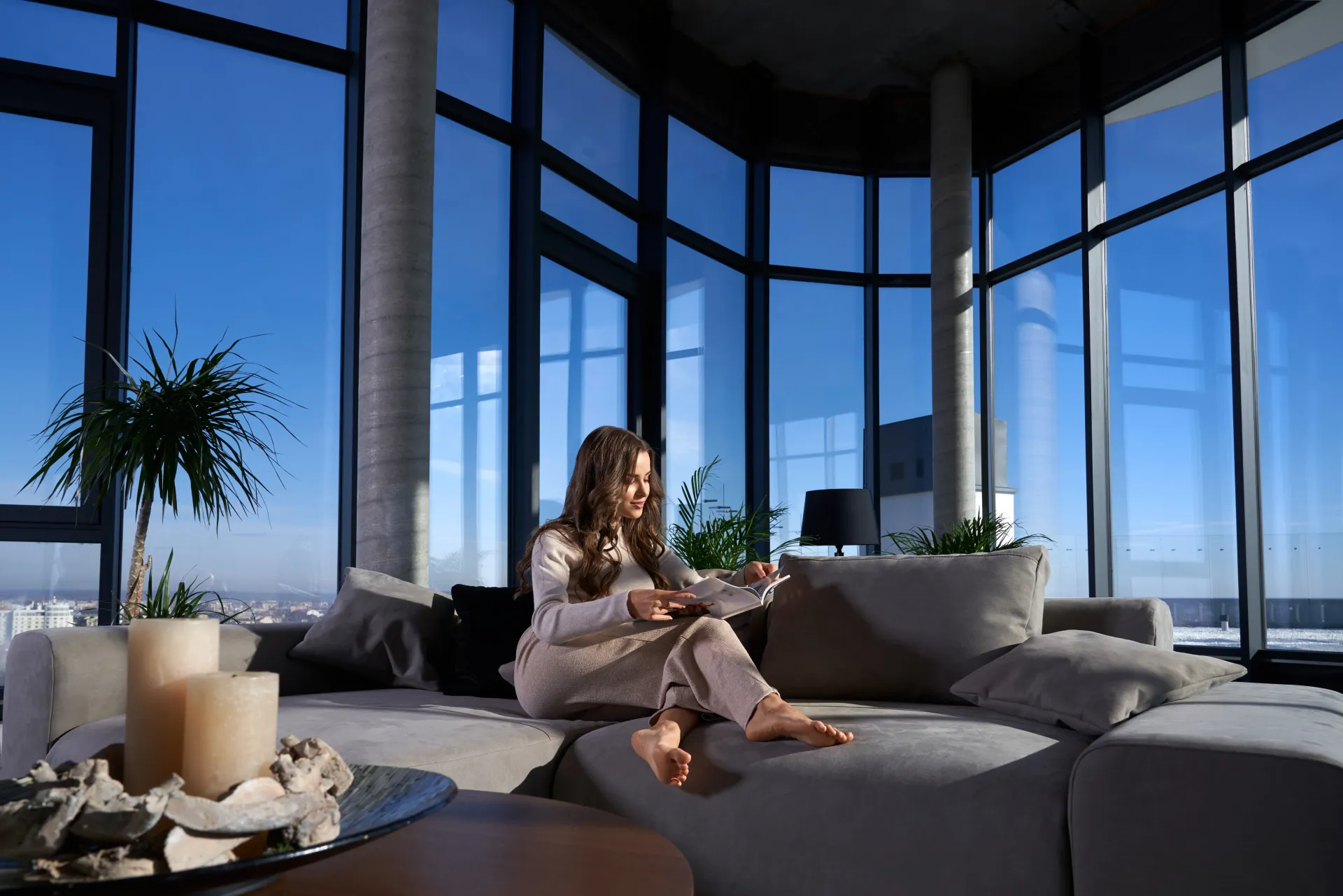

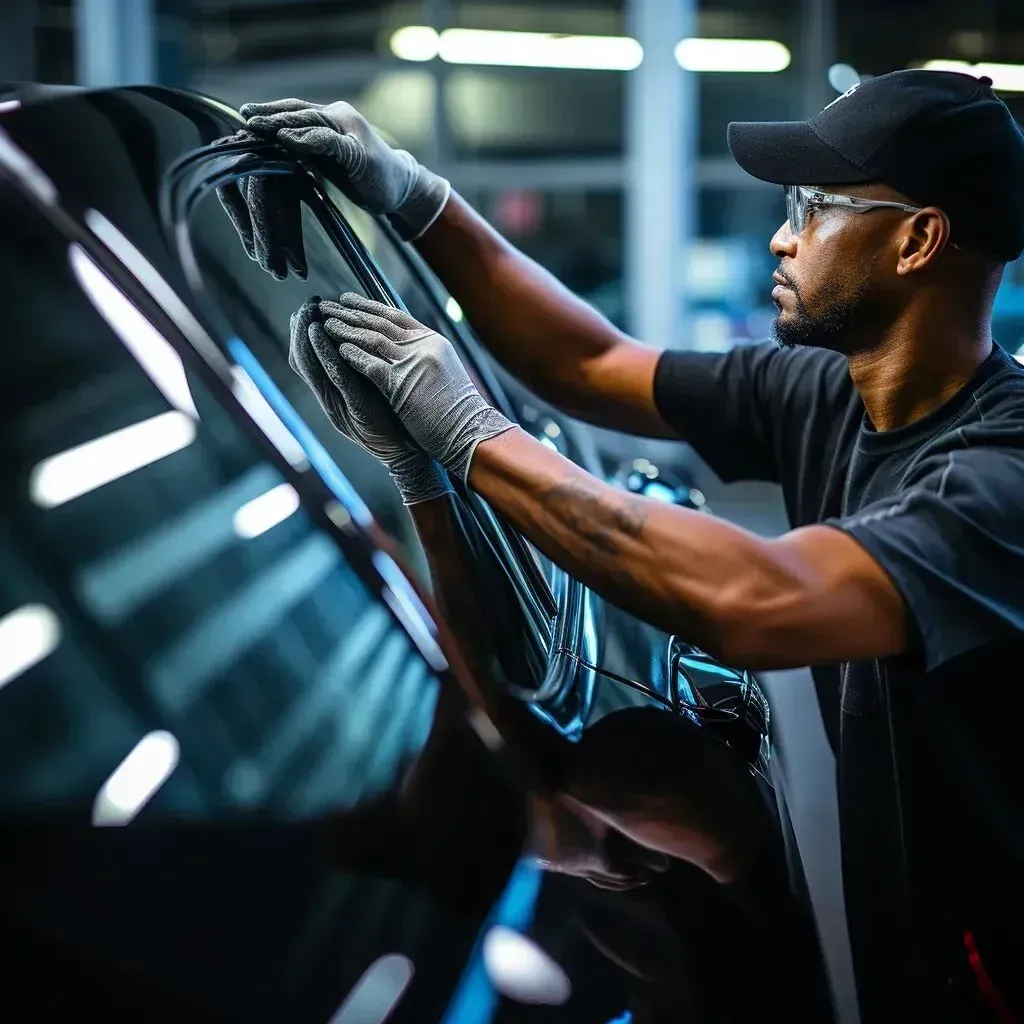
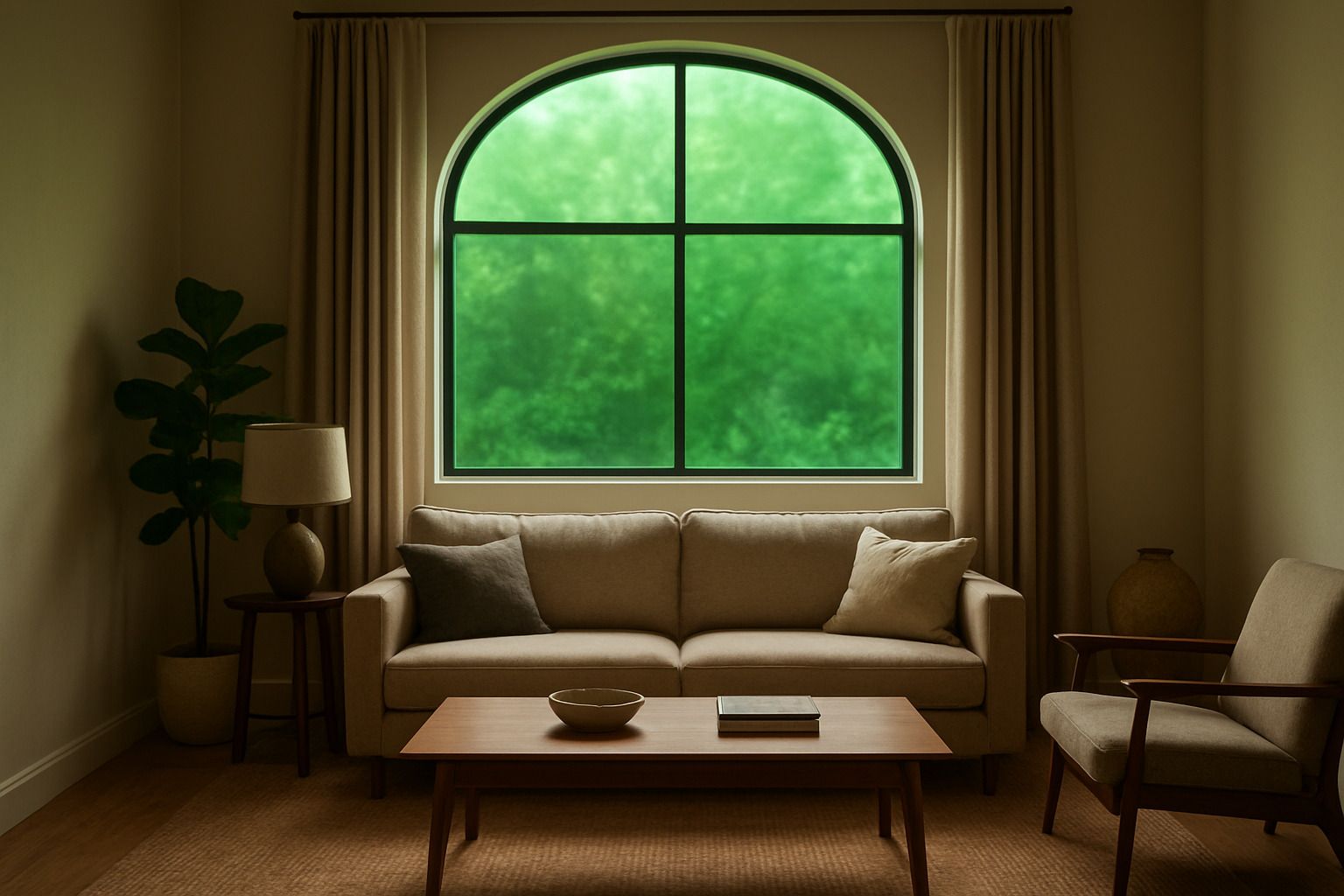
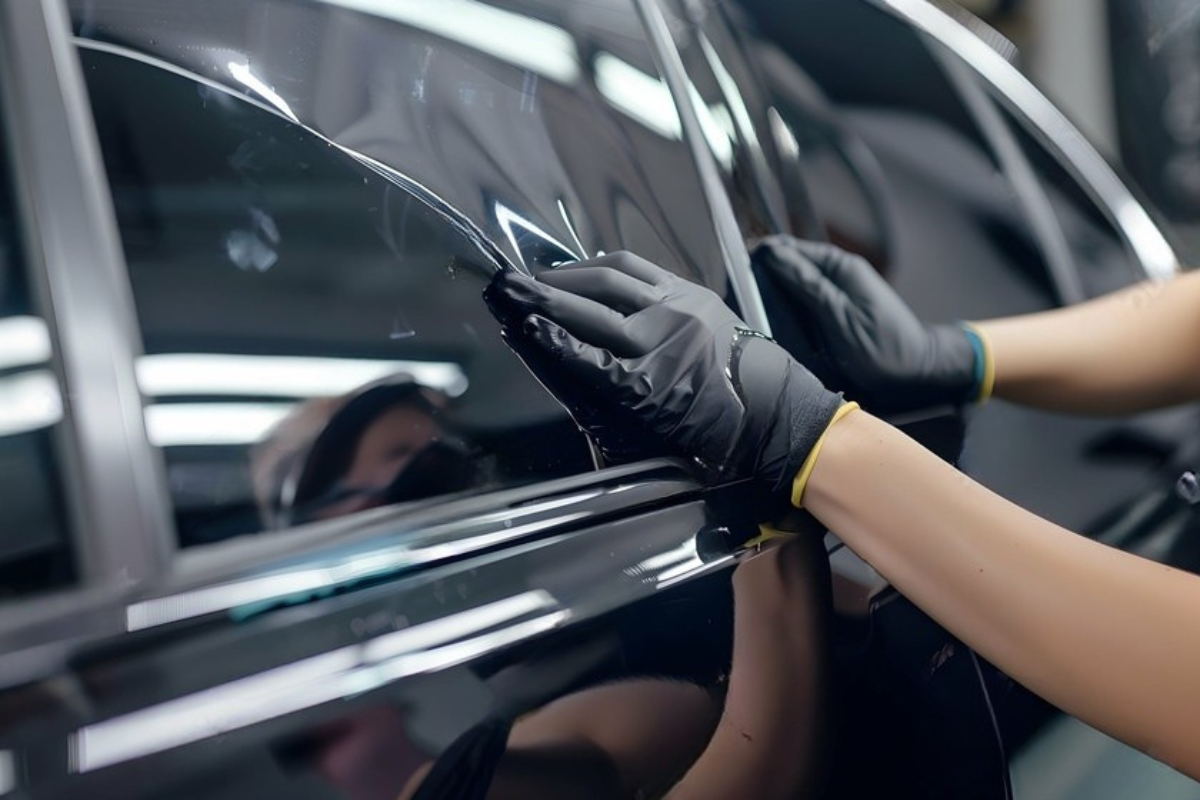
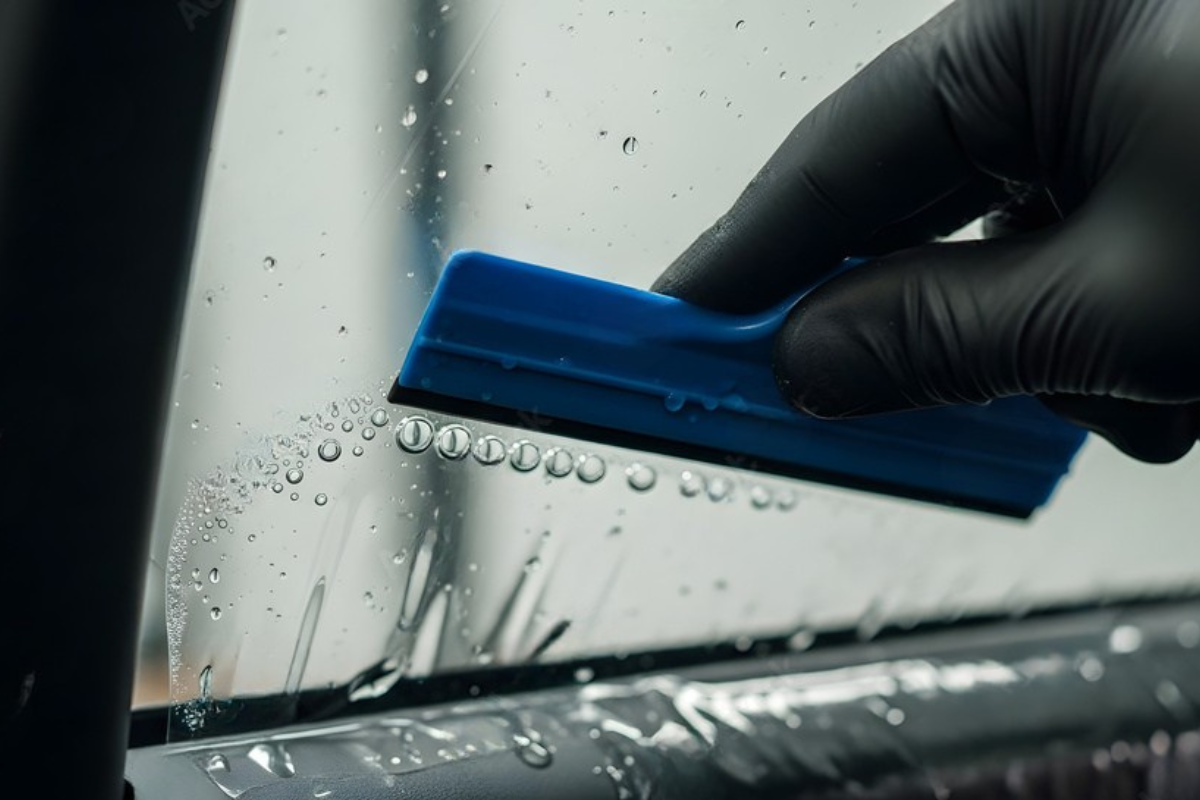
Real Results, Real Durability: Why Cudahy Drivers Trust Tint Integrity for Long-Lasting Window Films
